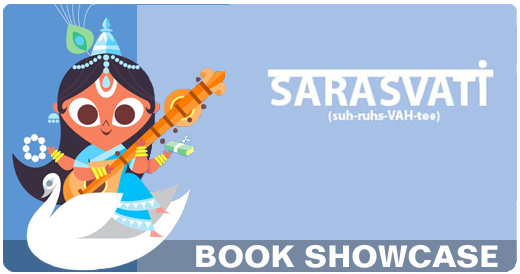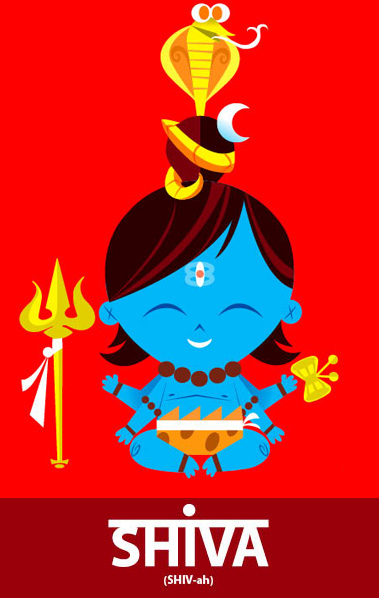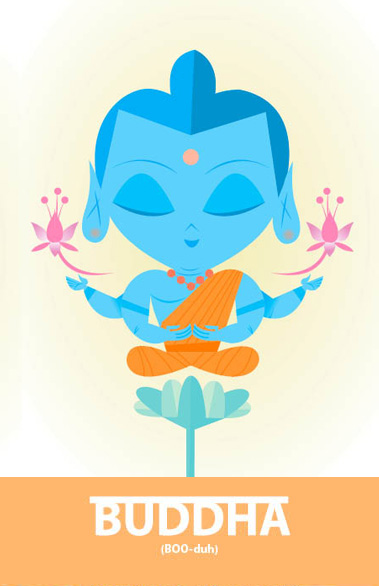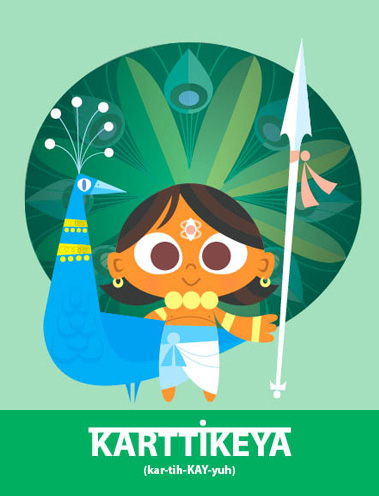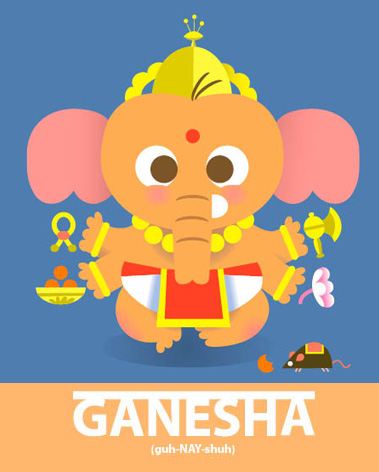Hello gang!
Welcome back for another round of Tips & Tricks! As always, feel free to hit me back with comments, questions, criticisms, and fried chicken recipes at
tipsandtricks@animationmentor.com.
The last couple of months we've been talking about contrast, but I think it's time to leave contrast behind us. I think we've said pretty much all I really want to say about it, and in keeping with the original mandate of writing about "whatever I feel like writing about on any given day," we're going to talk about something else that's been on my mind a bit today. It's a little less concrete than contrast, but no less important.
Before we dive in, I want to say one thing. This article might sound a little more negative than normal. It's about a slightly unpleasant subject, but I feel like it's something that isn't talked about enough in schools, and I feel it's an important topic. It's something I've struggled with in the past myself, and a topic that you won't have to worry about on a regular basis, but one we'll all face at one time or another as professional animators.
If you've read any of my previous articles, you know that I think I have been blessed with the single most fun job imaginable, and I love literally every moment of it. That doesn't mean that some of those moments haven't been difficult or frustrating, but I love it all the same. I might not get along with my brothers every hour of every single day of my life, but I don't love them any less, you know? Animation can be a cruel mistress sometimes, but even on the difficult days, it sure beats a "real" job!
So, caveats out of the way, let's jump in.
Tip #15: You Are A Tool.
Whoa. Is that an awesome title or what?! I think that's pretty much the best tip title I've come up with. Let's just let it sit there for a second...
You are a tool.
So obviously, I don't mean "tool" in the negatively modern sense of the word, I mean it much more literally. As a professional animator, your job is to be someone else's tool, used by them as a means to an end. You've been hired by them to create pretty much whatever it is they want you to create.
Seems pretty obvious, right? I mean, if you're signing up for this animation biz, you probably realize that you aren't going to be directing the first project you work on, and someone else will be telling you what to do. It's not that simple though, and it's incredibly easy to get so caught up in the "rights" and "wrongs" of animation, that you forget what your true job is....
Your job is to be the tool of the director. That's it. That's your whole job.
Let's say you're a construction worker, and the foreman needs some rivets pounded into something with a hammer. Your tool is the hammer, right? Well, the foreman's tool for getting those rivets pounded is... ...Can you guess? It's YOU. You're
his tool. Get it?
Now, let's say you're me. My "tools of the trade" are primarily Maya and the mountain of proprietary software that ILM's coding ninjas regularly crank out for us. So, for the sake of discussion, let's say Maya is my tool. When I look at Maya, I don't think, "ok, do whatever you want, Mr. Fancy Computer Program." No, I say, "you're my tool, and you're damn well going to do what I tell you to do!"
With one major exception, that's pretty much the exact relationship you will enjoy with your first few directors on your first few projects.
Ouch, right? You're like a soulless computer program? What?!
Okay, it isn't as bad as it sounds. The one major exception I mentioned is that the lead on your project, or the director of your film, is also going to be relying on your artistic sensibilities as well as your expertise in movement and performance. In theory, that's the whole reason they've come to you in the first place, and usually that's their mindset. So, that person will be relying on you to bring something to the table, much more than I rely on Maya to bring anything remotely artistic to the table. (repeat after me: your computer is the world's worst inbetweener! FORCE it to look right!)
Anyway, let me get to my point. Right now I'm working on a big action-packed movie, which is being directed by one of the most successful directors around. For this story, let's call him BigTime Director. My animation tool is the computer, right? So.... what's BigTime Director's animation tool?
Me.
Well, me and 18 other people, but you get the idea. The entire animation team is his animation tool. And together we'll do our best to put his vision up on that screen.
As with any good director, he has specific ideas of how he wants these creatures to move, and my sole job at ILM is to make sure that they do
EXACTLY what he wants. It's up to the animators to bring that vision to life as best we can. Sure, we get to offer a lot of suggestions, and bring a lot of ideas to the table, but at the end of the day if it doesn't make BigTime Director happy, then it's wrong.
No matter how cool it is, no matter how fun it is, no matter how "right" it is, it's wrong. All the timing might be perfect, the posing dynamic, and mechanics absolutely solid, but it's still wrong.
It sounds so simple, but it's really not. By the time you're working on a professional project, you probably have years of experience studying animation. If you're one of our students, the fundamental principles have been drilled into your head until you know them like the back of your hand. The basic concept of overlap is as intrinsic to every shot you animate as holding your breath when you go swimming.
It's instinctual.
Essential.
You get a new shot that you're really excited about, and you block it in. Of course, since you've done your planning well (see the first few months of this article) you know exactly when and where your overlapping actions will be, so you block those in as well. The shot looks great! Hooray! You rush to your project lead and sit her down and show them your impeccable animation blocking.
That person looks at your blocking and says, "This is great, but I don't want any overlap."
Huh? No overlap? But that's wrong!
You try to explain, "No, see, it has to be there, otherwise it's going to look fake. Look, I can't do it in my own body without overlapping or I fall over."
Doesn't matter. She still doesn't want any overlap in that specific shot. It doesn't match her vision for the shot.
Guess what? No more overlap. That conversation is over. You blocked it in, and she didn't like it. You even made a case for it and explained why it's necessary. She still doesn't like it.
At this point, your job as a good professional animator, is to go back to your desk, and animate the best you possibly can while using no overlap.
Painful, I know. Visions of a cool demo reel shot that were dancing in your head an hour earlier disintegrate into a bitter haze. But at this point, all you can do is use your training and skills to make the shot as cool as you possibly can IN SPITE OF the weird direction you just got.
Why? Because you're her tool, and you've been hired to put her vision up on that screen, or on that videogame machine, or on that computer screen, or on that TV. That's what they pay you for. Sure, they also pay you because you've got the great animation skills, the enthusiasm, and the fun ideas to put into shots, but at the end of the day, it all boils down to them paying you to create whatever is in that project lead's head.
Here's why I bring this up... This is a trap I find difficult in my own life, and worked on a project in my not-too-distant-past where we dealt with this issue constantly. Being asked to animate something in a way that flies in the face of everything you know and believe about animation is incredibly difficult, and can quickly become frustrating. I had good days and bad days, and the few inevitable "I-don't-care-anymore" days, but we just had to constantly remind ourselves that it wasn't OUR movie. It wasn't OUR creature.
It was the director's movie, and I am the tool of the director, for better or for worse.
And you just power through it, and you try to keep your enthusiasm as alive as you can, and do the best job you can to make sure you represent your studio well. To make sure the director leaves with the movie he wants to leave with. That's pretty much all you can do in those situations.
Now, it isn't like this is something you'll face every day as an animator. It's pretty rare that someone is put in charge of an entire project without having some measure of talent/skill/vision to back that position up with. Generally speaking, your project leadership will usually be open to ideas, and willing to place a lot of faith in your abilities and trust in your expertise.
But in the rare (but inevitable) cases they're not, repeat this mantra over and over in your head: "I am the Director's tool. It's his project, not mine."
I know this sounds really miserable, and the honest truth is that it sometimes CAN be pretty miserable, but only if you let it. Only if you let it get to you. I'm totally guilty of letting it get to me sometimes. It's something I always feel like I can work on more. I'm much better with this now than I was when I was a rookie. 10 years ago, changing my work into something "wrong" or "less cool" drove me absolutely insane the few times it came up.
These days, I try really hard to not fall in love with my shots, and I think that's the biggest piece of advice I can pass on in regards to this stuff. Don't fall in love with your ideas. You might block in the coolest ideas of all time, but if the director doesn't like them, then you're going to be getting rid of those ideas, no matter how much you stew about it. Sitting at your desk with your arms folded, complaining endlessly about your terrible direction will solve nothing, and will serve only to perpetuate the vicious downward spiral of creating ever-worsening morale, not only in yourself, but in the rest of the team around you as well.
You might as well get over it as quickly as you can, and attack the shot with renewed vigor, determined to come up with something even cooler. The director doesn't like your dynamic pose? Come up with one that's even more dynamic! Doesn't like overlap? Wow, that's a toughie, but maybe you can find a way to make it work! Find a way to satisfy the director's request while making the shot even better than it used to be.
Sometimes, you simply won't be able to achieve this goal. I certainly have finished shots that I know are not as cool as they could have been, but at least you can try. And you can stay positive about the work if you remember that it isn't YOUR project, it's the director's project.
Think of it like this - the shot you are working on right now, if you are a professional animator, is not for
your demo reel. The director is paying you to do the shot for
HIS demo reel. If the shot turns out to be awesome, and you want to include it on your own reel as well, then all the better, but your primary goal needs to be satisfying that director's wishes for his own "demo reel," by which I mean the movie or game or TV show you've been hired to help create...
If you don't want to "be a tool," and want to answer only to yourself, then that's certainly fine, and there's absolutely nothing wrong with that. Unless you want to be a professional animator, that is... You'll animate your own films and be your own tool, and if you can animate as a hobby, then more power to ya! But the vast majority of you who write in are interested in animation as a career, or are already animating professionally, and it's you I'm talking to.
Well, you and me both, I guess. I could use reminding of this myself sometimes, that's for sure. We all can, I suppose.
So.... that's it. You're a tool. So am I.
But you know what? 95% of the time, being the tool of the director is one of the most challenging, fulfilling, and FUN jobs you could possibly have. It's pretty rare that you'll be asked to animate something that you know is absolutely wrong. For the most part, this is going to apply primarily to more general "ideas" in the shot not being accepted much more than being asked to ignore any animation principles, etc. That actually is fairly rare, lucky for us!
But either way, you and I? We're tools.
And sometimes we'd both do well to keep that in mind.
See ya next time!
And remember, even as a tool, you'll still have FUN!



